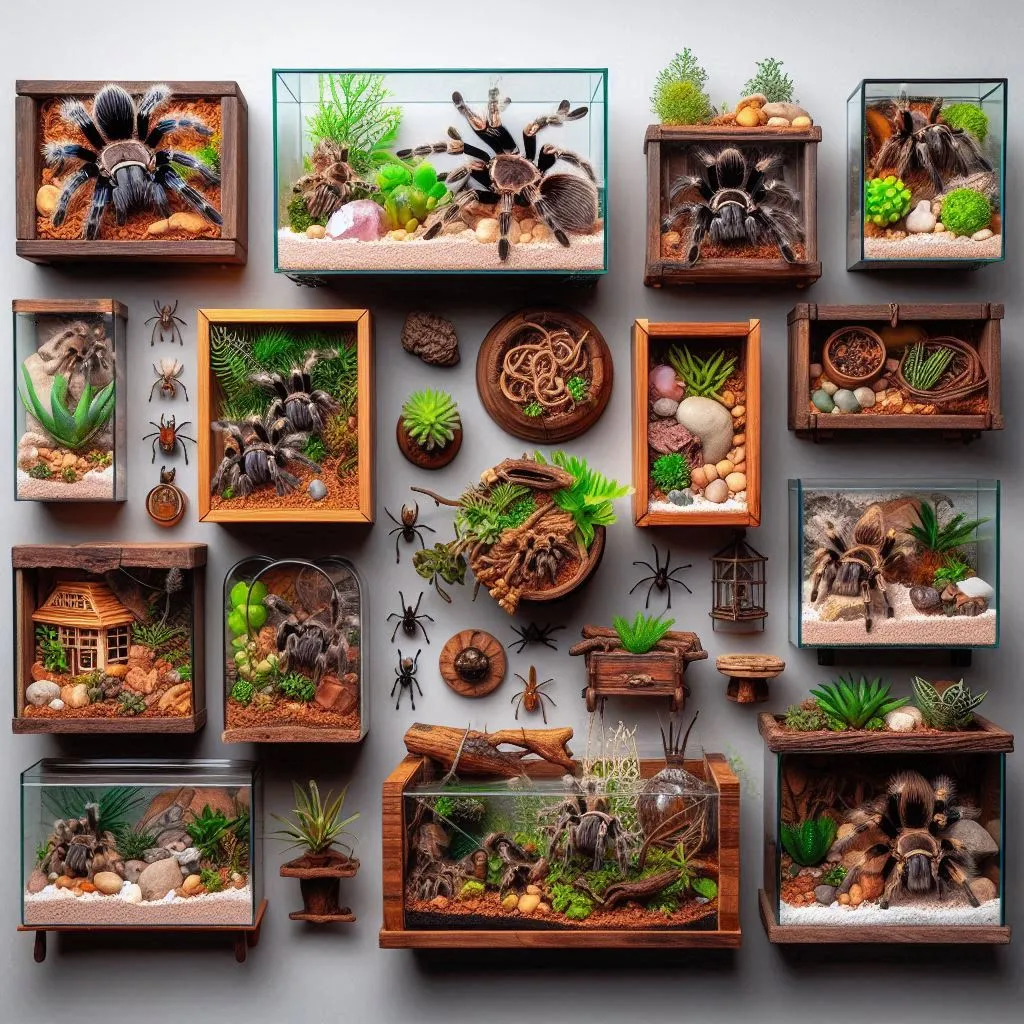Choosing the Right Tarantula Enclosure
Selecting the perfect enclosure is the cornerstone of tarantula care. The right habitat provides a safe, comfortable, and stimulating environment that promotes your spider’s well-being. Consider your tarantula species’ size, temperament, and specific needs when making your choice. A well-chosen enclosure not only houses your pet but also aids in regulating critical factors such as humidity, temperature, and ventilation, ensuring a thriving environment. It is crucial to research the specific requirements of your tarantula species to avoid costly mistakes. For example, a terrestrial species will require a different enclosure setup than an arboreal species. Correct enclosure selection lays the groundwork for a happy and healthy tarantula.
Size Matters for Tarantula Enclosures
The size of the enclosure is paramount. A tarantula needs enough space to move around, molt, and hunt. However, an enclosure that’s too large can make it harder for the tarantula to find its food and might stress the spider. Generally, the enclosure should be at least twice the tarantula’s leg span in width and length, and the height should be adequate for burrowing species to dig and arboreal species to climb. Avoid overcrowding and ensure the enclosure is appropriately sized for the tarantula’s adult size. Always consider the species’ growth rate when selecting the enclosure. A juvenile tarantula will need to be moved to a larger enclosure as it grows, and it is important to anticipate these needs from the outset.
Ventilation and Airflow in Tarantula Enclosures
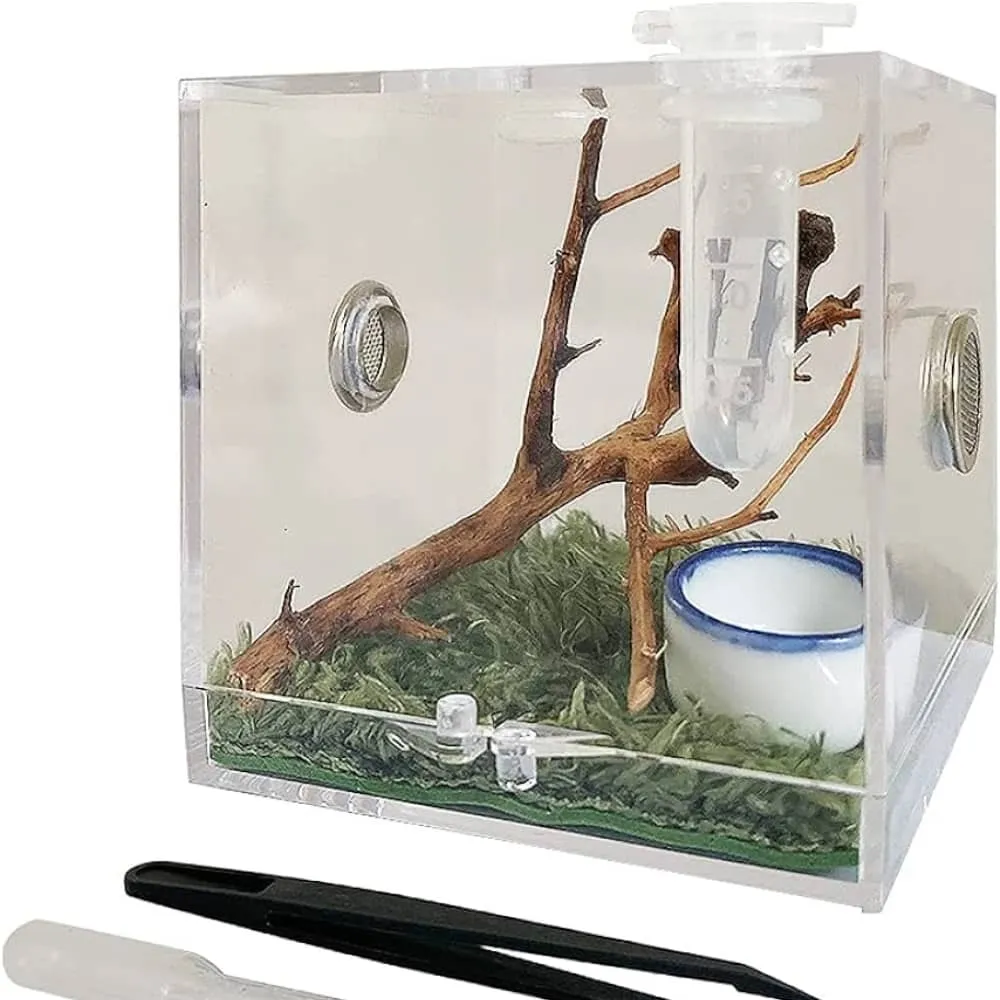
Proper ventilation is vital for preventing the buildup of harmful humidity, mold, and bacteria. Stagnant air can lead to respiratory issues and other health problems for your tarantula. The enclosure should have adequate ventilation, such as mesh tops or strategically placed air holes. The design should allow for a good exchange of air while preventing the tarantula from escaping. The number of ventilation holes required depends on several factors, including the size of the enclosure, the species of tarantula, and the climate you live in. If you notice condensation building up inside the enclosure for extended periods, it’s a clear sign that ventilation needs improvement. Regularly check and clean ventilation openings to maintain airflow.
Substrate Selection for Tarantula Enclosures
The substrate acts as the tarantula’s flooring and plays a crucial role in regulating humidity, providing a place for burrowing (for terrestrial species), and offering a comfortable surface. The ideal substrate should retain moisture, be non-toxic, and not mold easily. Popular choices include coco fiber, peat moss, and a mix of vermiculite and sphagnum moss. The depth of the substrate depends on the species of tarantula. Terrestrial species require a deeper layer for burrowing, while arboreal species may need less. Change the substrate regularly to prevent the buildup of waste and maintain a healthy environment. The quality of substrate directly impacts the well-being of the tarantula, influencing its molting cycles and overall health.
Humidity and Temperature Control
Maintaining the right humidity and temperature is essential for your tarantula’s health. Tarantulas thrive in specific humidity and temperature ranges that mimic their natural habitats. Too much or too little humidity can lead to molting problems and respiratory issues. Similarly, the wrong temperature can slow down metabolism, decrease appetite, and potentially be fatal. Regularly monitor the humidity and temperature levels in the enclosure using a hygrometer and thermometer. Adjust the enclosure environment as needed to maintain optimal conditions for your specific tarantula species.
Maintaining the Right Humidity Levels
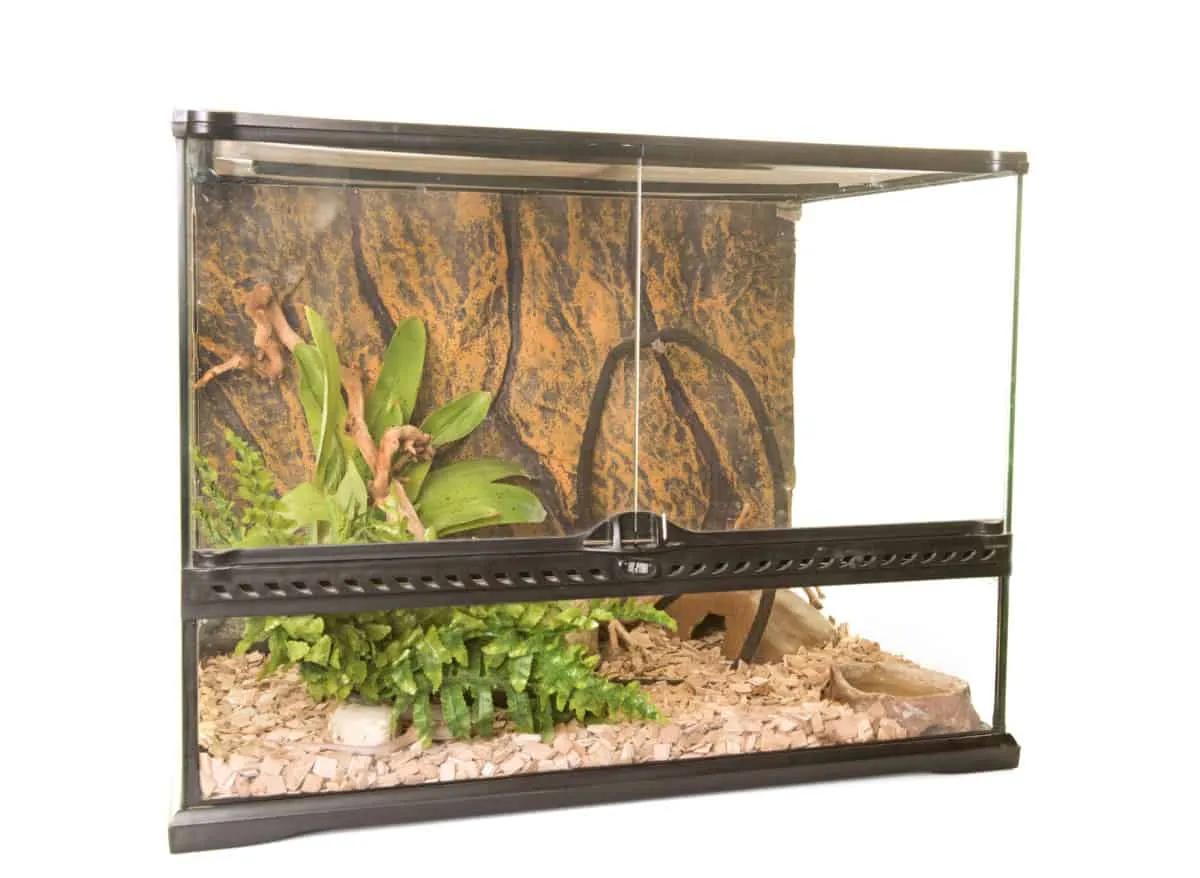
Humidity levels can be maintained by misting the enclosure with water, providing a water dish, and ensuring the substrate is appropriately damp. The frequency of misting depends on the tarantula species and the ambient humidity. For species that require higher humidity, misting more frequently might be necessary. Use a spray bottle with distilled or dechlorinated water. Avoid over-misting, which can lead to mold growth. Regularly check the humidity levels using a hygrometer and adjust as needed to keep the conditions within the range optimal for the species. Monitor the substrate to make sure it is not too dry or too wet.
Providing the Right Temperature
The correct temperature can be maintained by keeping the enclosure in a room with a stable temperature or by using a heat source, such as a heat mat or a ceramic heat emitter. Always make sure the heat source is regulated by a thermostat to prevent overheating. The ideal temperature range varies depending on the species; research your tarantula’s specific needs. Position the heat source in a way that creates a temperature gradient within the enclosure, allowing the tarantula to choose its preferred temperature. Ensure the tarantula cannot come into direct contact with the heat source to avoid burns. Regularly monitor the temperature using a thermometer.
Decorating Your Tarantula Enclosure
Decorating the enclosure not only adds aesthetic appeal but also provides enrichment for your tarantula. Providing hiding places, climbing structures, and other elements can create a more natural and stimulating environment. The decorations can help the tarantula feel secure and reduce stress. Choose decorations that are non-toxic and safe for your tarantula. Avoid sharp objects or materials that could harm the spider. The goal is to simulate the spider’s natural habitat as closely as possible to encourage natural behaviors and overall well-being.
Adding Hides and Shelters
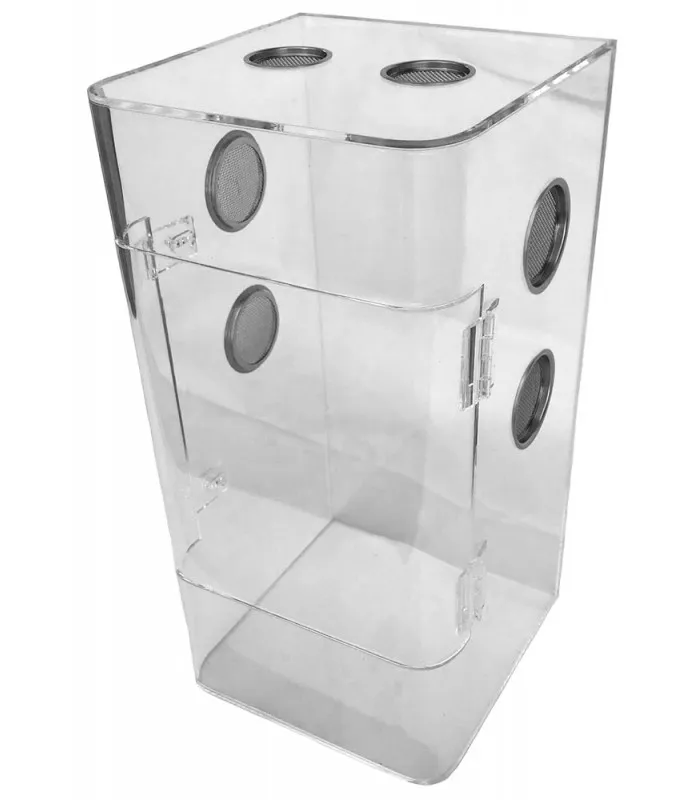
Hides and shelters are essential for tarantulas. These structures provide a sense of security and allow the tarantula to retreat and hide when feeling threatened or during molting. Suitable options include cork bark, artificial caves, or even a hollowed-out coconut shell. The hide should be appropriately sized for the tarantula. Place the hide in a location where the tarantula can easily access it, and ensure it offers sufficient space for the spider to feel secure. The presence of a hide can significantly reduce stress and help your tarantula feel more comfortable in its environment.
The Importance of Water Dishes
A water dish is a crucial part of any tarantula enclosure. Tarantulas need a constant supply of fresh water to stay hydrated. The water dish should be shallow enough to prevent the tarantula from drowning, but also large enough to allow easy access. The dish should be cleaned and refilled regularly with fresh, dechlorinated water. Consider using a small, sturdy dish that is difficult to tip over. In addition to providing water, the water dish also helps maintain humidity levels within the enclosure. Proper hydration is essential for your tarantula’s overall health and molting success.
Feeding and Cleaning Your Tarantula Enclosure
Proper feeding and cleaning practices are vital for maintaining a healthy environment for your tarantula. A clean enclosure and a balanced diet contribute to your spider’s well-being and longevity. Regularly check the enclosure for uneaten food, waste, and other debris, removing them promptly. Providing the correct type and amount of food, along with a clean and hygienic environment, ensures the health and happiness of your tarantula. Neglecting these aspects can lead to health problems and a reduced lifespan.
Proper Feeding Practices
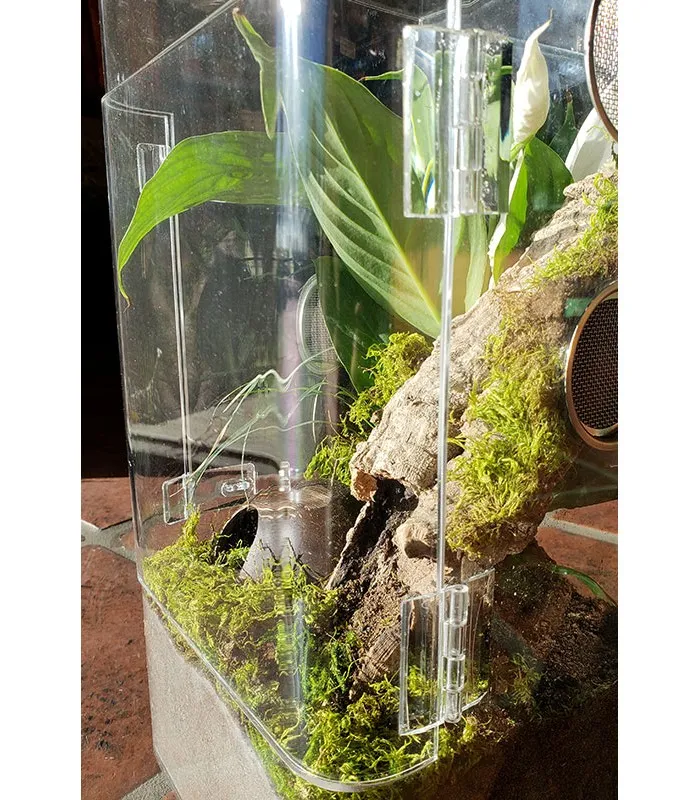
Feed your tarantula a diet appropriate for its species and size. Common food sources include crickets, mealworms, and roaches. The frequency of feeding depends on the tarantula’s age and metabolism; juvenile tarantulas typically need more frequent feedings. Remove any uneaten food within 24 hours to prevent the growth of mold and bacteria. Ensure the food insects are gut-loaded with nutritious food to provide your tarantula with essential nutrients. Be cautious when feeding live insects; avoid leaving them in the enclosure for extended periods, as they might injure the spider during a molt. Always provide a water source for the insects.
Cleaning Your Tarantula Enclosure
Regular cleaning is crucial to maintain a healthy environment. Spot-clean the enclosure regularly, removing uneaten food, molted exoskeletons, and any waste. Replace the substrate periodically, usually every few months, depending on the substrate type and the species’ needs. When cleaning, carefully remove the tarantula to a secure temporary enclosure. Use a mild, non-toxic cleaner if necessary. Avoid harsh chemicals that could harm your tarantula. A clean enclosure reduces the risk of disease and creates a more pleasant environment for your pet spider.
Essential Safety Precautions
Handling a tarantula should be approached with caution. While most tarantulas are not aggressive, their venom can cause discomfort, and their urticating hairs can irritate the skin. Avoid handling your tarantula unless necessary. Always wash your hands thoroughly before and after handling the enclosure or interacting with the tarantula. Ensure the enclosure is escape-proof. Secure the lid and regularly inspect it for any signs of damage or potential escape routes. Keep the enclosure out of reach of children and other pets to prevent accidental injury. Prioritize safety to protect both yourself and your tarantula.
